Back in 2018 I made a memorable trip up to the far north-west of Scotland to an area called “Assynt”. This is a remarkable part of the world. It is quite remote, with a few scattered settlements, and full of epic mountains, spectacular coastlines and deep lochs. It was the perfect opportunity to do an in-depth road test of my Leica CL with the TL 18-56 and TL 55-135 lenses.
This article was written in 2018 and predates both the arrival of the M11 and the demise of the much-loved CL. In retrospect, it makes a strong case for APS-C having a continued place in the Leica range. Even seven years later it’s still far too good to simply fall into oblivion. The quality of the images are a testament to that. For those who hung onto their CLs, there is proof positive every time you press the shutter.
The start of the annual pilgrimage
I’m up in Scotland for my annual photography pilgrimage, with my pal Gordon, who I have known for over ten years. Over the last decade, we’ve explored everything photography has to offer and have finally settled (for the moment anyway) on our own photographic genres. I’m a landscape nut and Gordon is into “vintage” photography — everything from wet plate collodion to Polaroid.
Yesterday and today were travel days. It’s 650 miles (just over 1,000km) from Guildford, south-west of London, to Ullapool, so we overnighted in Fort William, north of Glasgow. There were weather warnings everywhere, with heavy snow falling, iced-up roads, and -9C temperatures. Our five-thirty departure this morning meant that we were first on the road, and it was rather hairy. Pitch black, ice everywhere, unknown roads, hairpins, mountains — everything. Once we stopped crapping ourselves it was actually quite good fun.
A road test of the CL
I’m using this trip as a thorough road test of my new Leica CL camera. I’ve done a couple of lens tests, which revealed that the 18-56 and 55-135 Leica L-Mount lenses are extremely good. But it’s one thing doing test shots, and another thing altogether being up a mountainside in heavy snow.
Trying to get a shot in fleeting light is not that easy! Could the CL and those two lenses be the ideal lightweight landscape setup? How does it compare with the Leica M10 which I wrote about previously? “I’ll give you my thoughts in this article and the two others still to come.” And just for the record, these are all my cameras, bought with my money.
Small and light
Firstly, the CL is small, light, and beautifully made. Those two zoom lenses are fantastic quality. Just ignore any thoughts about cheap “kit lenses” in relation to the 18-56. It is a stunning piece of kit that keeps up with the best M-lenses at typical landscaping apertures. And the 55-135 is similarly excellent. In the bag, the kit weighs very little which is a great relief to the shoulders. The Leica CL passes the first part of this road test.
Today I got snowed on, sleeted on, and rained on. I did keep a cloth at hand to drape over the camera: it did get wet but carried on working. It wasn’t soaked in rain, so don’t get over-excited about waterproofing. Just take care of it and you’ll be fine.
Practical details
Something I really like about the CL versus the M10 is the fact that you can leave the tripod mounting plate in place and get the card and battery out. With the M10, you need to remove the mounting plate, then remove the bottom plate to get hold of the card and battery. This is annoying and unnecessary these days. Score 1 to the CL.
But the main handling difference versus the M-series is the more “digital” nature of the CL. With the L-series lenses, there are no physical aperture controls on the lens. That means no depth-of-field scale, and no labelled “manual” shutter speed or ISO controls. Everything is controlled using “soft” dials on the top of the camera.
Soft controls to suit
If you are used to the more analogue controls of the M, the CL will take some getting used to. But it’s far, far simpler and nicer to use than, for example, a Sony A7-series camera, which is a mess of menus, buttons, and dials.
The Leica CL is simple with a short learning curve and easily passes this road test. Frequently I ended up shooting in either aperture priority with ISO 100 on a tripod, or manual mode with everything set specifically for the scene.
It’s pretty simple to set up in manual mode. The right-hand dial does aperture, the left-hand does shutter speed, and a press of the right dial button lets you set the ISO. The aperture and shutter speed are shown on the little top screen, but not the ISO unless you press the top right button. I’d like Leica to change this so you can see all three variables on the top screen at once without having to press anything.
APS-C vs full-frame sensors
Being a slightly smaller sensor than the full frame M10, you get more depth of field for any given focal length. This is very handy for landscape work. Both the zoom lenses absolutely sing at f/11, and you can get everything nicely sharp front to back even when the main subject is fairly close.
From an image-quality perspective, the pictures from the CL are outstanding. As you may have read in those earlier lens tests, the differences between the L-series lenses and M-lenses are minute to non-existent. That leaves the sensor. With 24 megapixels, there really is no discernible difference that I can detect between images from this camera and those from the M. Obviously, we’re not talking f/1.4 here. In this road test of the CL, comparing images I took with my M last year in the same area, the CL is easily the match of the M for this type of photography.
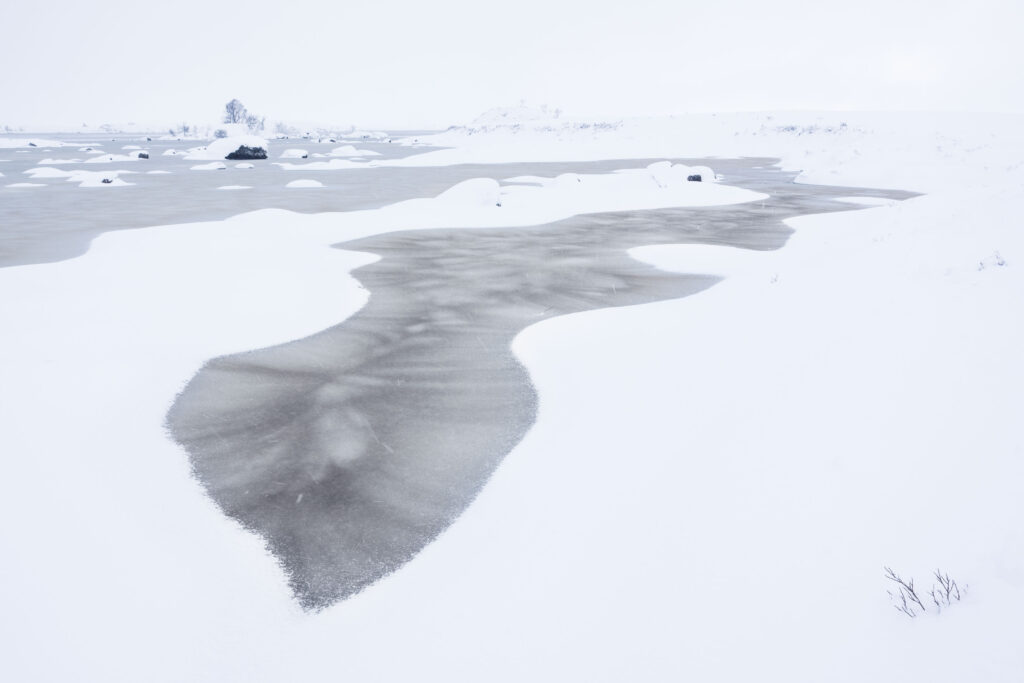
Heading to Quinag
Today saw Gordon and I get up early to head up the Quinag mountains for dawn. This is a spectacular set of summits overlooking Loch Assynt and make a superb dawn location. However, though conditions were rather tricky with snow and ice all over the roads.
We hadn’t bargained on the state of the little car park next to the start of the trail either. This was full of deep snow, so we couldn’t get in, and wouldn’t have got out. So we called it a day before the sun came up. Instead, we headed lower to have a look around Loch Assynt itself.
Crash landing
Dawn looked promising with a pink glow kicking off in the East. We found a derelict cottage above Ardvreck castle with some nice lead lines to play with. Unfortunately, dawn went all crappy on us and the promising glowing underlit clouds made way for an all-encompassing grey dullness.
Shortly after I took the shot of Ardvreck Castle above, the high wind blew my tripod over, complete with the mounted Leica CL and 18-56 lens. Everything embedded itself in the snow. The pic above sums up the situation quite nicely. After a quick dust off, normal service was resumed, and the little Leica CL didn’t miss a beat.
Granted, it was a forgiving soft landing, and no harm came to the Leica. However, the camera was full of snow. Yet, the CL is not “weather resistant” like the M10, so I was a little concerned. But after a wipe-off with a cloth, and emptying the lens hood of snow, everything was fine. Added to the fact that it got rather damp yesterday (though definitely not soaked), the CL stood up well to everything thrown at it so far. Another pass mark for the Leica CL.
By Loch Assynt
We wandered down to Loch Assynt itself. Loch Assynt is beautiful, even when the wind is blowing like crazy. There are little islands with photogenic Scots Pines sticking up in various states of disrepair. This morning the loch was frozen in this sheltered bay, with a dusting of snow blown in from the morning’s storm. It was gorgeous.
For this trip, I just had the 18-56 and 55-135 L-series lenses with me today. I have a 24 Summilux-M, 50 Summilux-M and 90 Summicron-M sitting back in the cottage unused. However, any sign of the aurora borealis and I’ll be out there with the 24 ‘lux. But for this type of photography, these two lenses are ideal. I seldom shoot anything wider than the 27mm that the 18-56 gives me as 35mm equivalent. The 18-56 was on the CL for 99 pictures, while the 55-135 accounted for only nine images.
Soft light
After recovering from the major trauma of finding the pie shop in Lochinver closed for the day, we set off to a tiny little hamlet called Achmelvich which is just north of Lochinver. We were there at Gordon’s behest to photograph the little-known Hermits Castle.
But before we got there, we stumbled upon a gorgeous, small beach just north of the main strand. It was one of those beaches with crystal-clear turquoise water and the softest sand. The light was as soft as the sand, as was the surf, which smeared itself gently up the beach.
Another advantage of the CL over the M10 is the built-in horizon level display. This is something that the M-240 had but was inexplicably left off the M10. For this type of work, a horizon display is really useful.
Additionally, the CL’s built-in viewfinder is so much easier to use than the clip-on electronic viewfinder of the M10. Being integrated, it doesn’t flap about or get knocked off, which is another thing that you don’t need to worry about. Additionally, using filters is simplicity itself as you can see what you are getting, and you don’t need to remove the filter holder to focus.
The colour of the sea
The clarity of the sea up here in north-west Scotland is astounding. I found a nice spot down by the rocks and tried a few slightly slow shutter shots using a polariser on my Lee Seven5 filter set. During the day I took numerous pictures (compared to my usual behaviour) as I was trying to get waves in the right place, blowing snow in the right place and so forth.
And it was cold. Minus 4C to start with in the morning with major wind chill, and the camera out in the open a lot. So the battery called it quits at this point. I had 105 pictures on this battery, before replacing it with a spare. Not quite the way you would hope the little Leica CL would perform.
Why you take a spare
I bought a couple of spare batteries from eBay before this trip. The make is “DSTE” and they look just like the real thing but are about 10x cheaper than the ludicrously overpriced Leica version. They come with a nice plastic cover to protect the contacts and seem absolutely fine in use. This is the first time I’ve had a low battery warning, so it will be interesting to see how it performs in more reasonable temperatures. I only used a spare battery in the M10 once. I was used to a couple of weeks’ usage from my Canon 1D bodies!
The Hermit’s Castle
After some additional faffing around, we found ourselves at Hermits Castle itself. This is a rather weird thing located above the shoreline near Achmelvich, and it looks like it has escaped from some dystopian movie.
This concrete structure seems like it was dropped in to match the grey landscape. It’s made of concrete, and the kicker is that it’s no more than eight-feet tall. From the picture above it appears to be about 80-feet high, but that little black hole on the right side is an entrance that you can just about squeeze into, where you find yourself in a tiny “room” complete with “used” tissues. Hmm….all very incongruous.
The Leica CL road test summary so far:
- Leica CL gets filled with snow and keeps working
- Still not missing M10
- 18-56 and 55-135 are all the lenses you need
- Battery life somewhat disappointing, but consider the cold temperatures.
- Horizon level is handy
- Inbuilt EVF is great
This test continues, and will be posted on Macfilos soon.
Links
Articles from Andrew Tobin on Macfilos:
More about the Leica CL on Macfilos:
Join the Macfilos subscriber mailing list
Our thrice-a-week email service has been polished up and improved. Why not subscribe, using the button below to add yourself to the mailing list? You will never miss a Macfilos post again. Emails are sent on Mondays, Wednesdays, and Fridays at 8 pm GMT. Macfilos is a non-commercial site and your address will be used only for communications from the editorial team. We will never sell or allow third parties to use the list. Furthermore, you can unsubscribe at any time simply by clicking a button on any email.

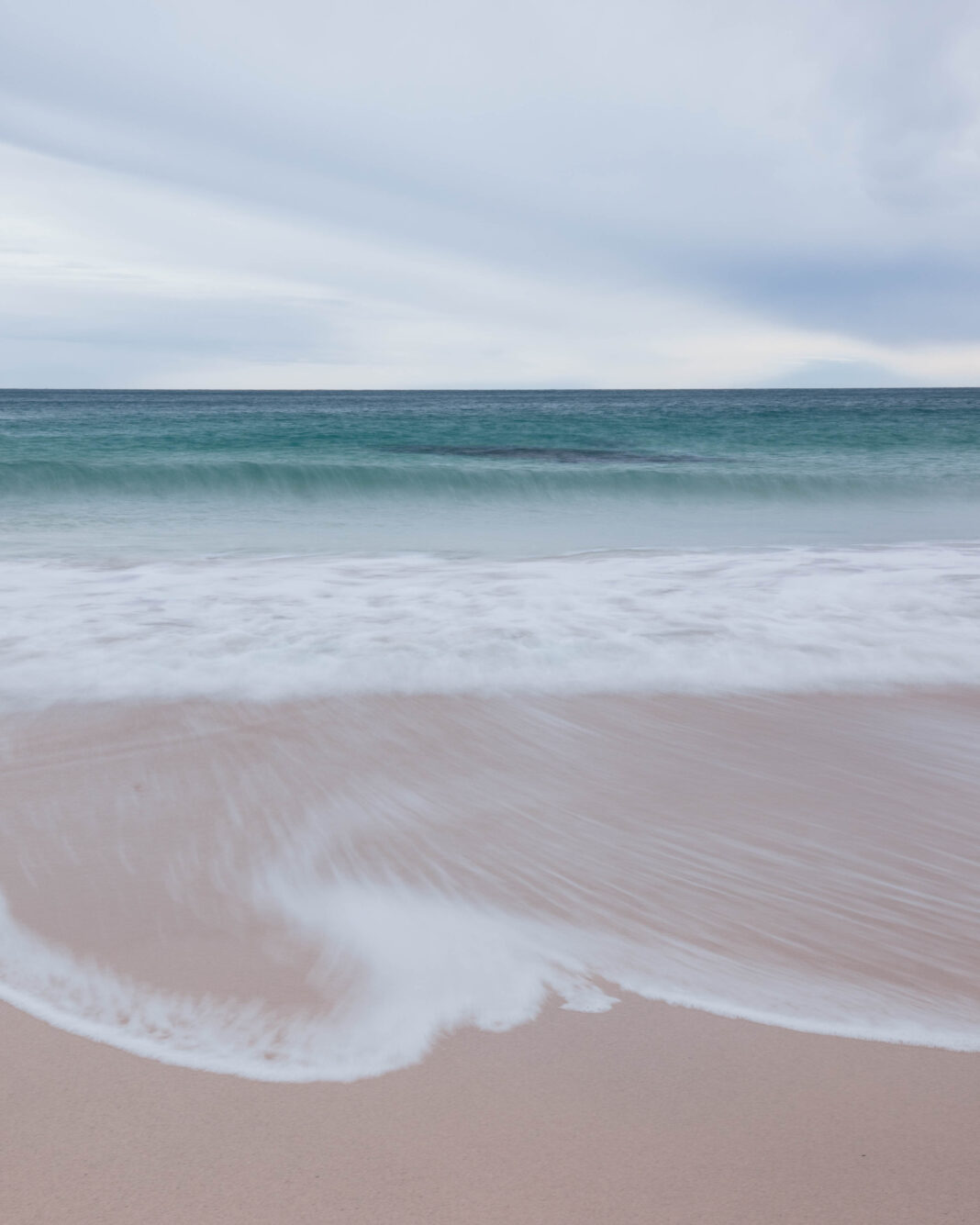
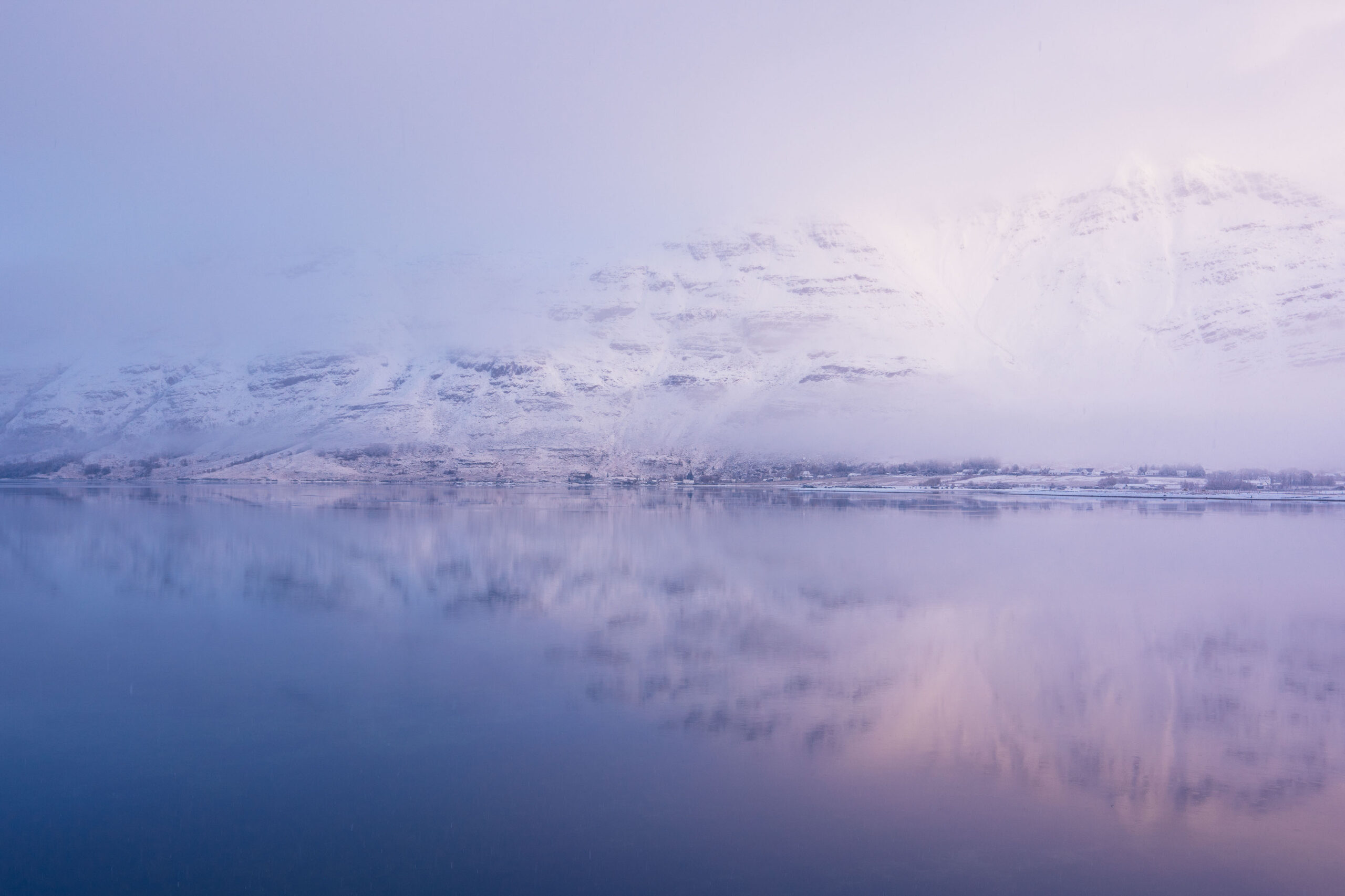
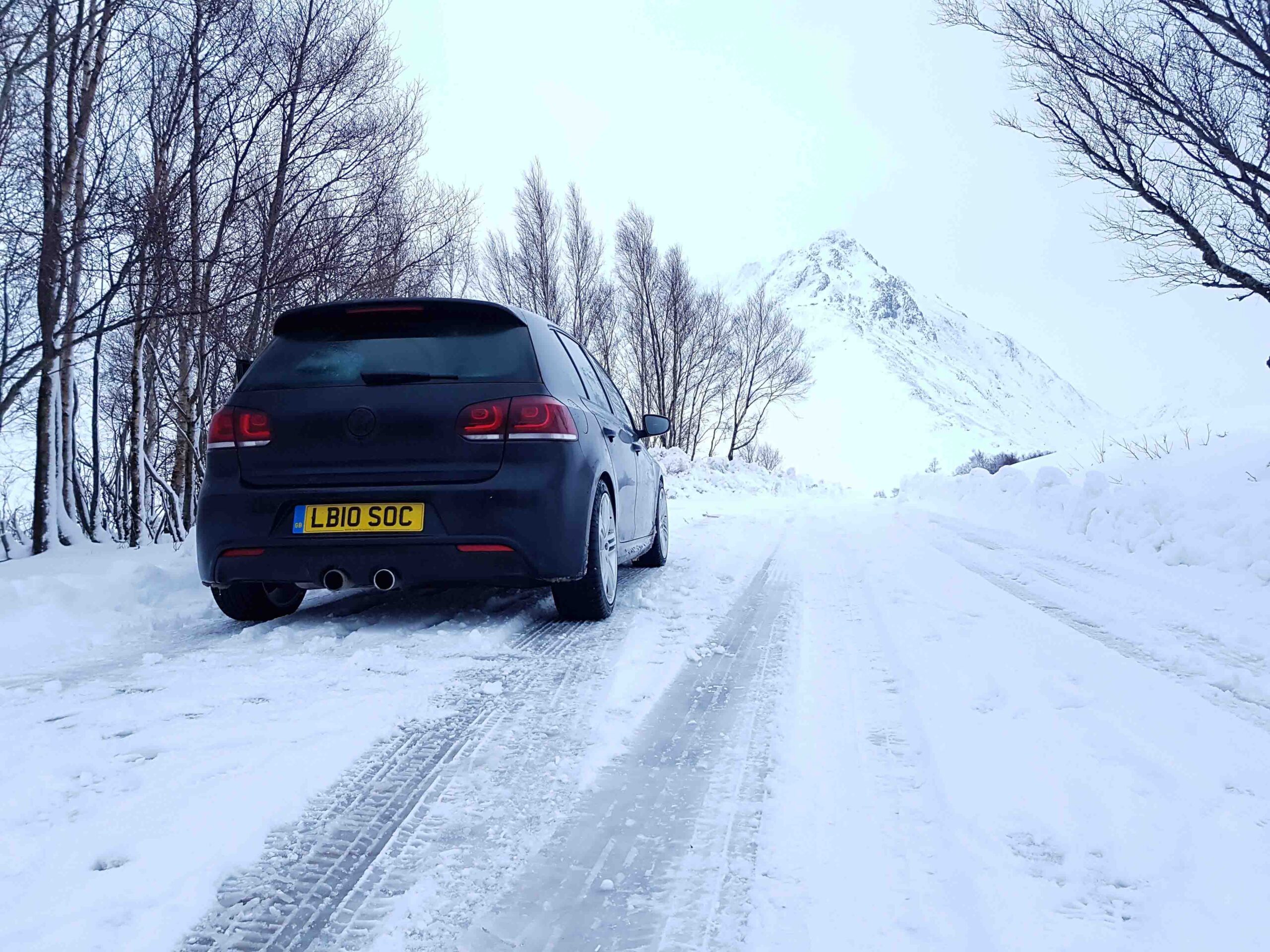
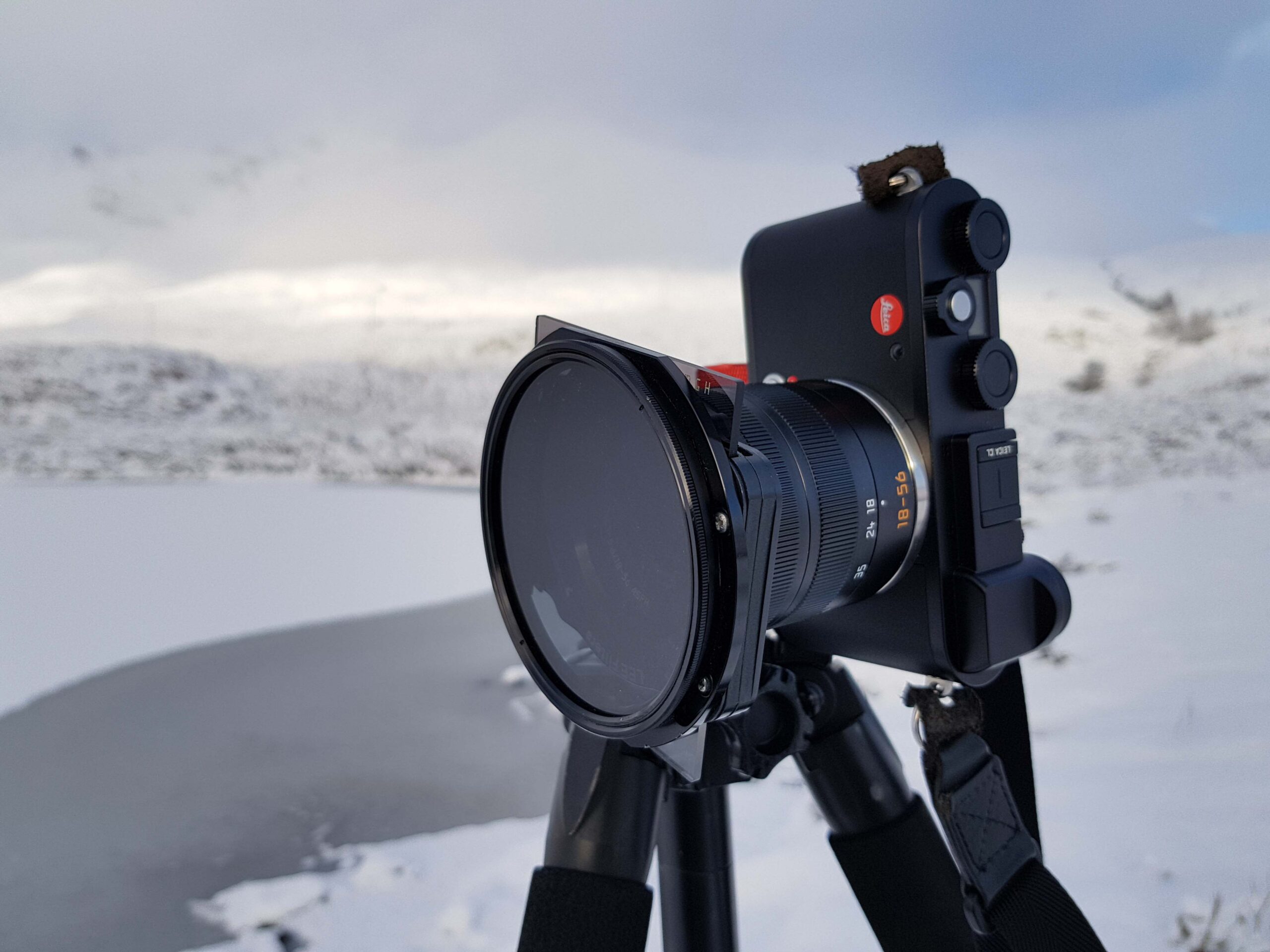
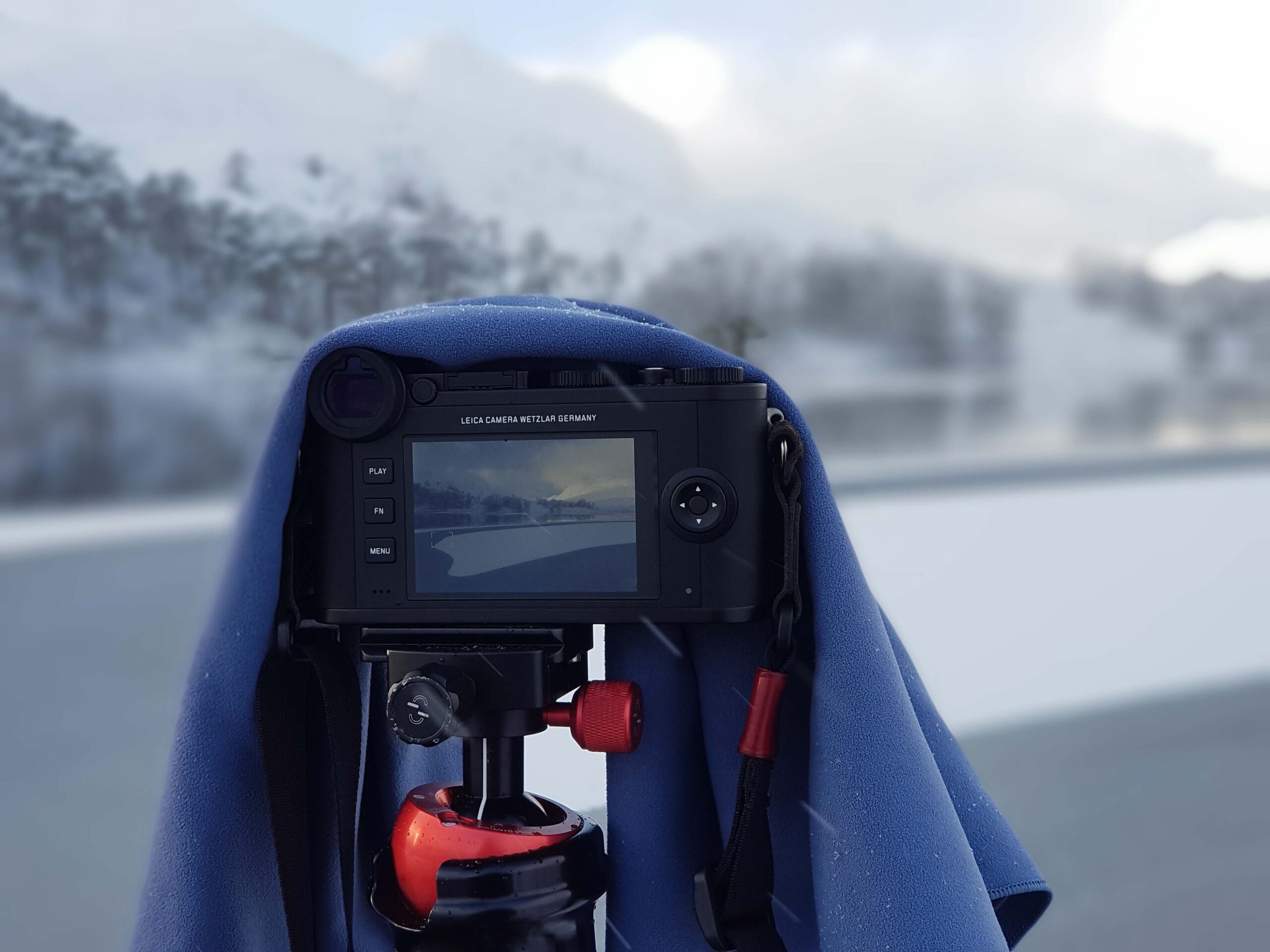
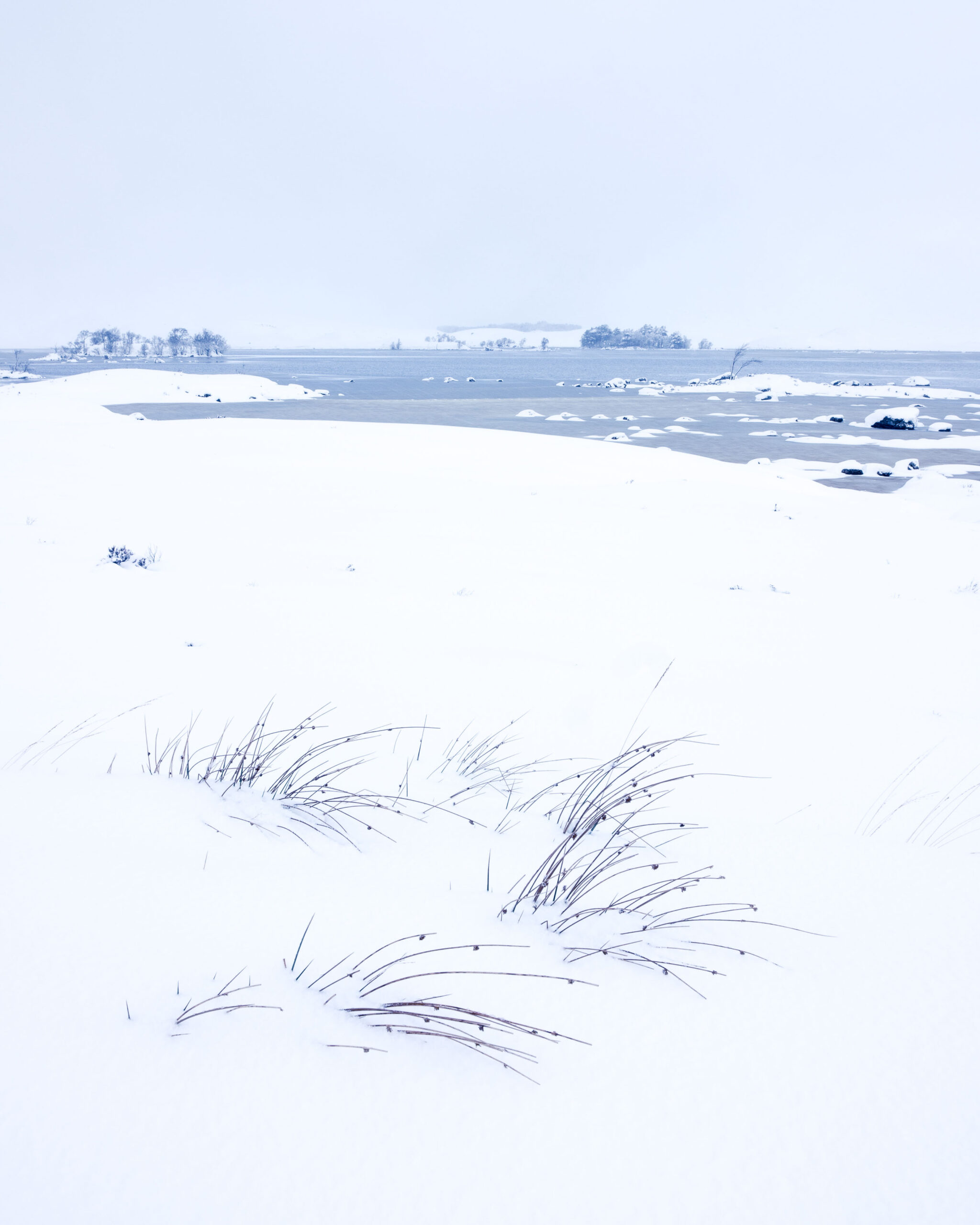
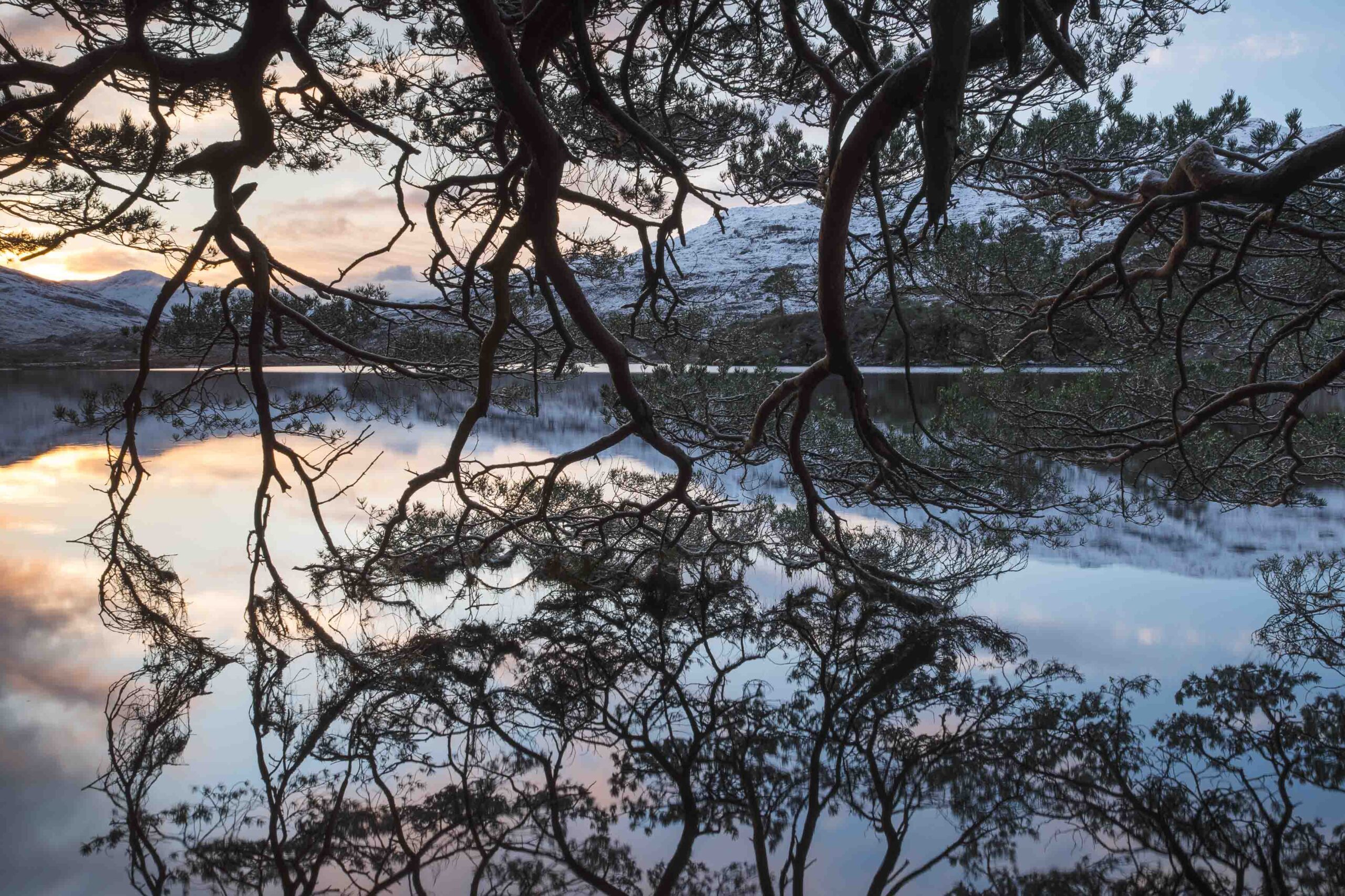
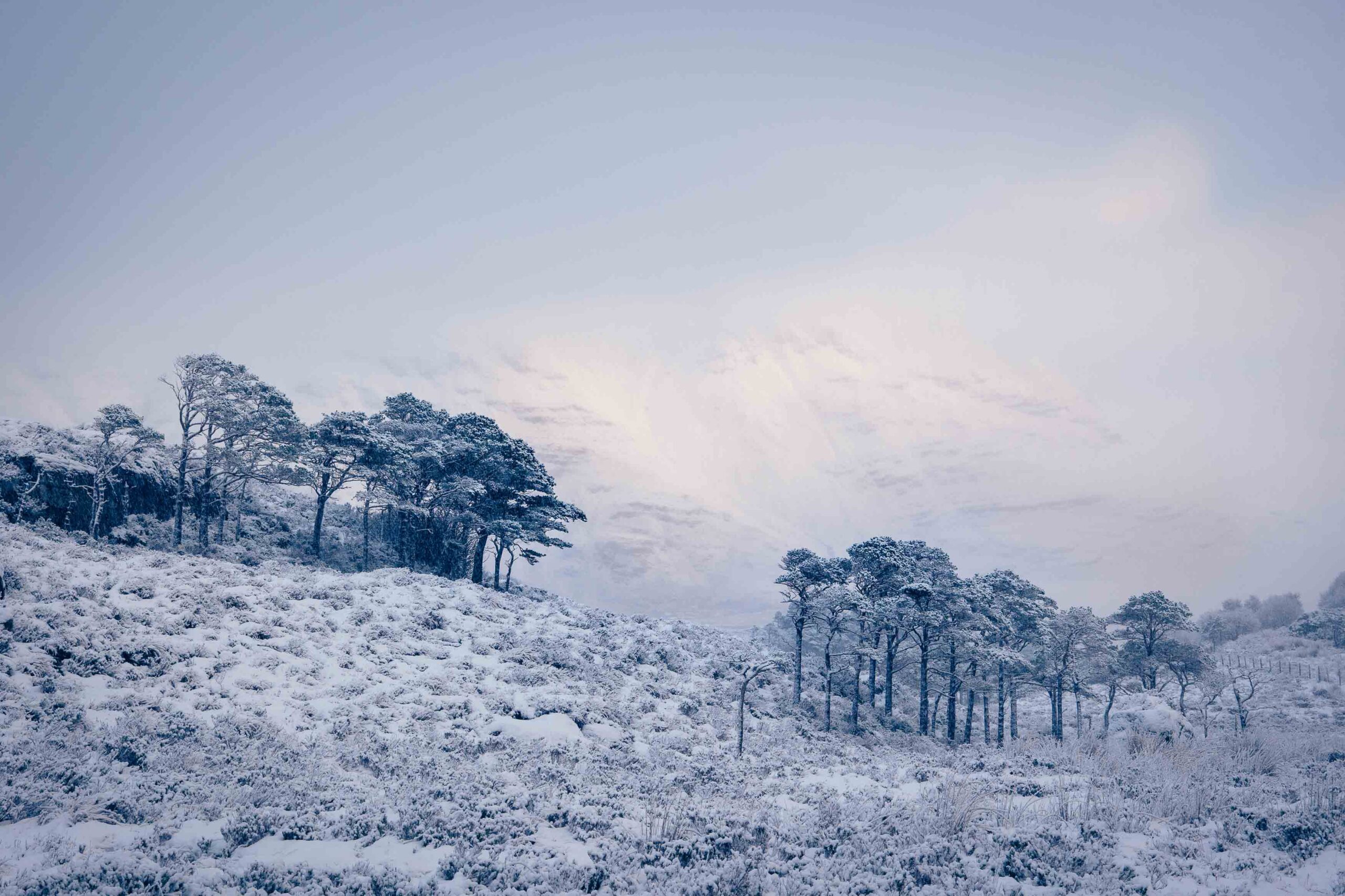
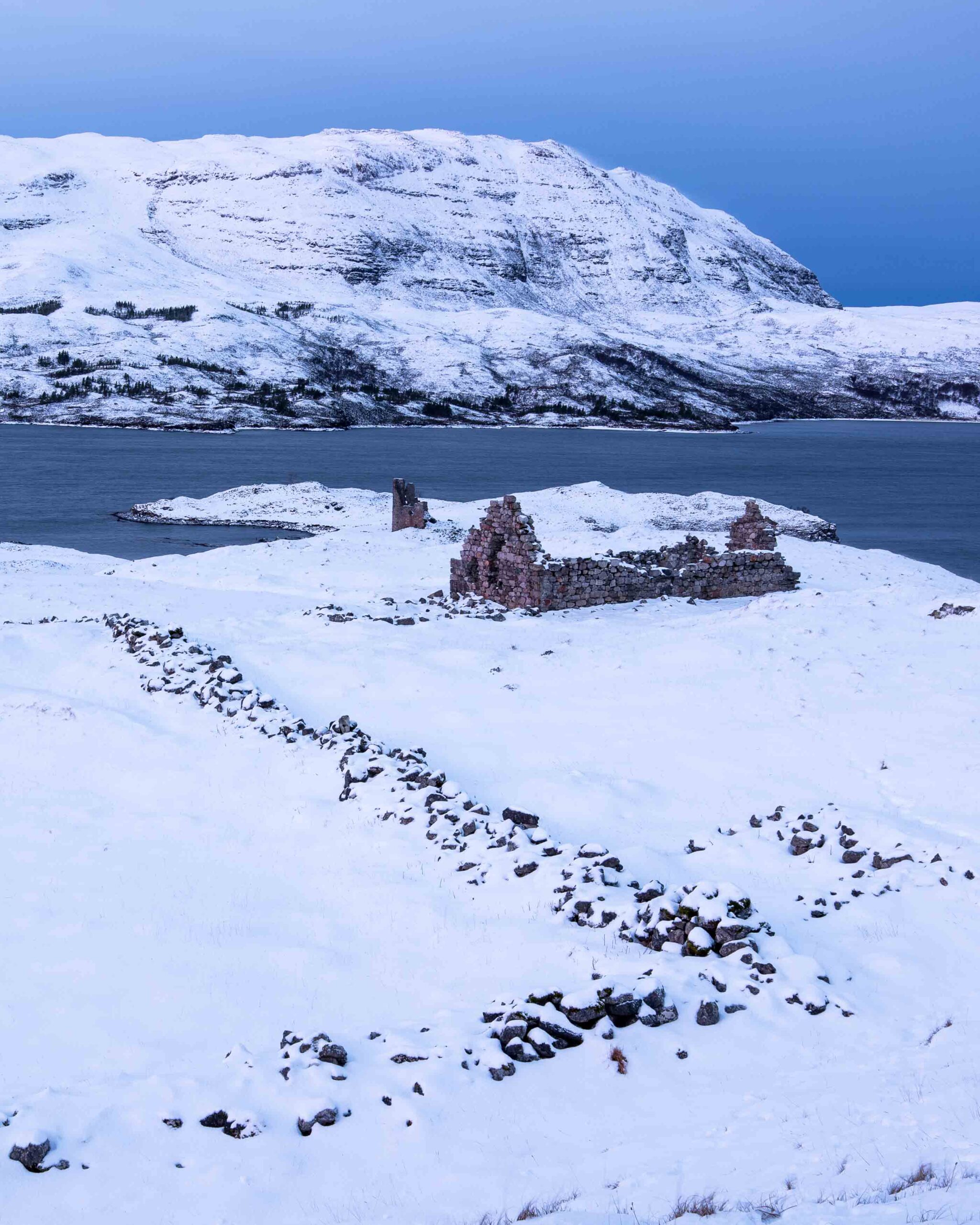
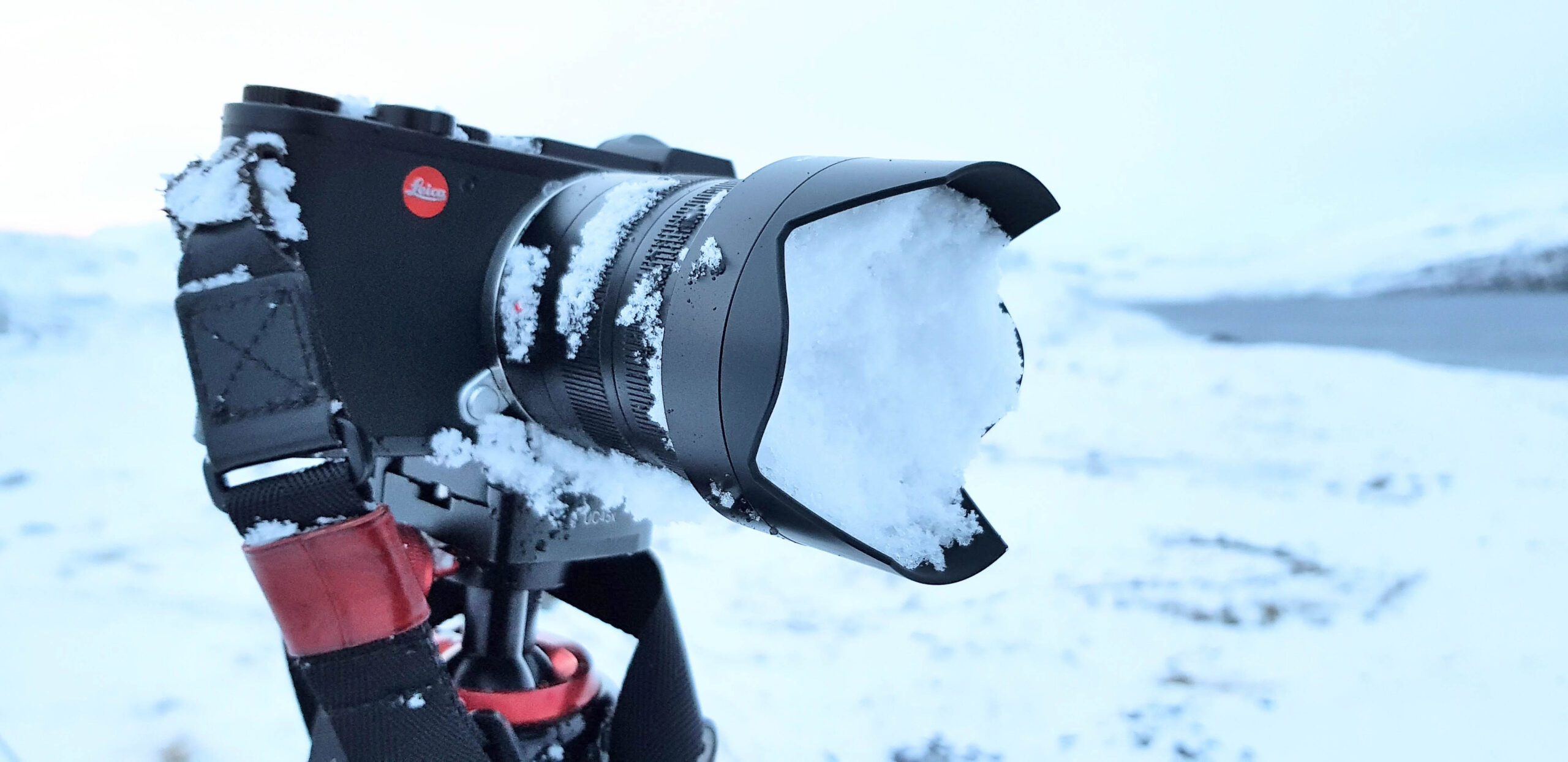
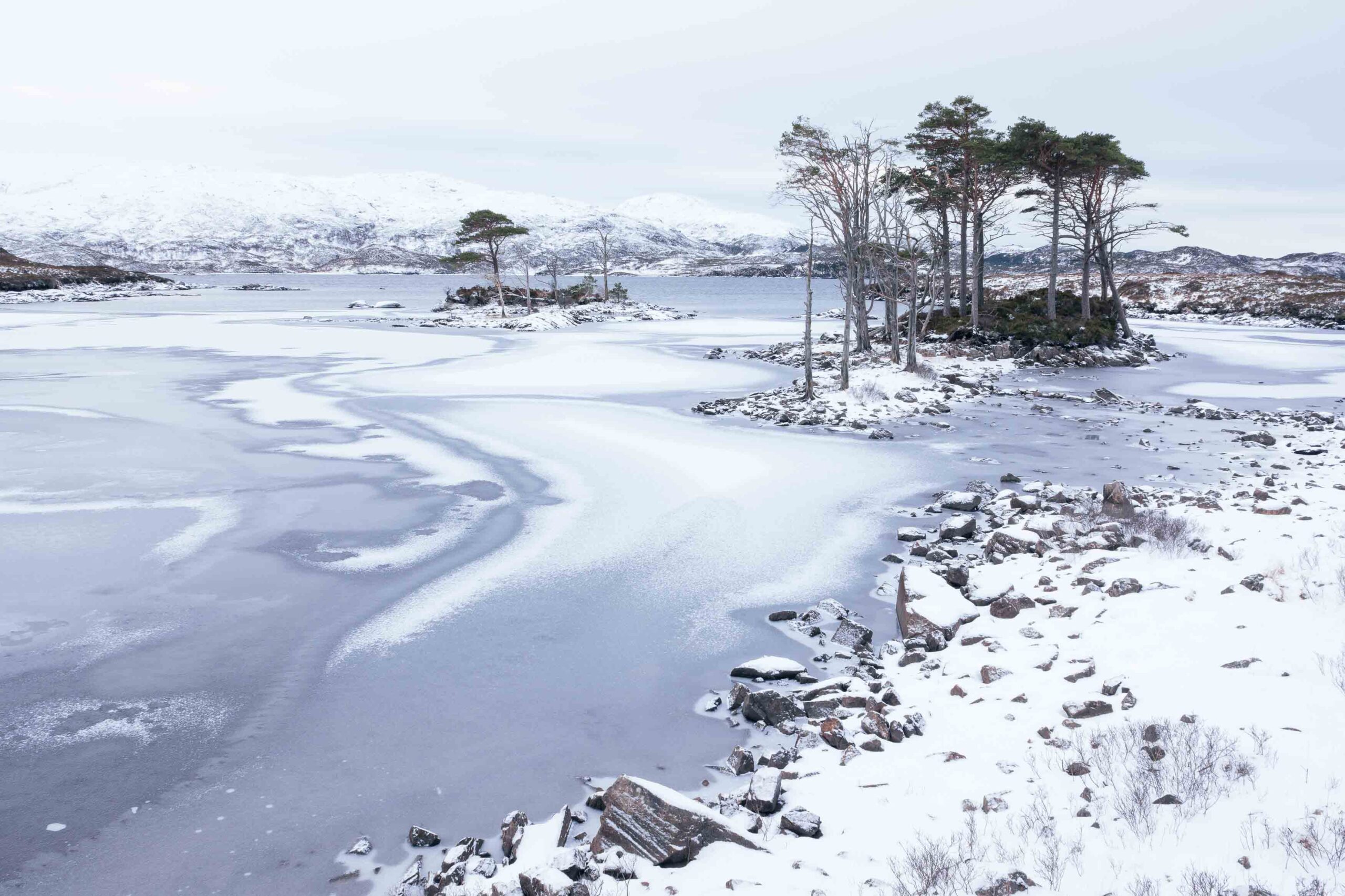
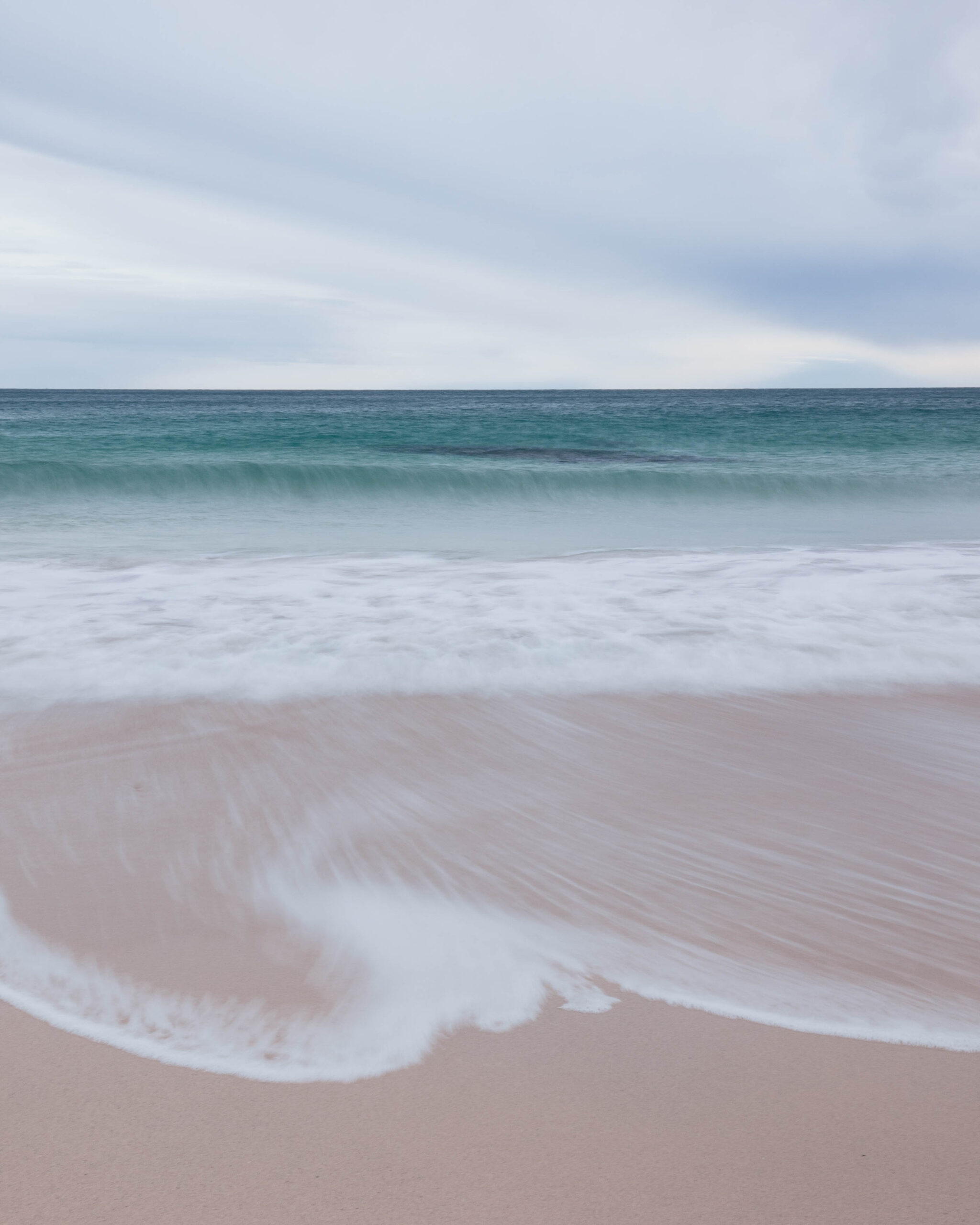
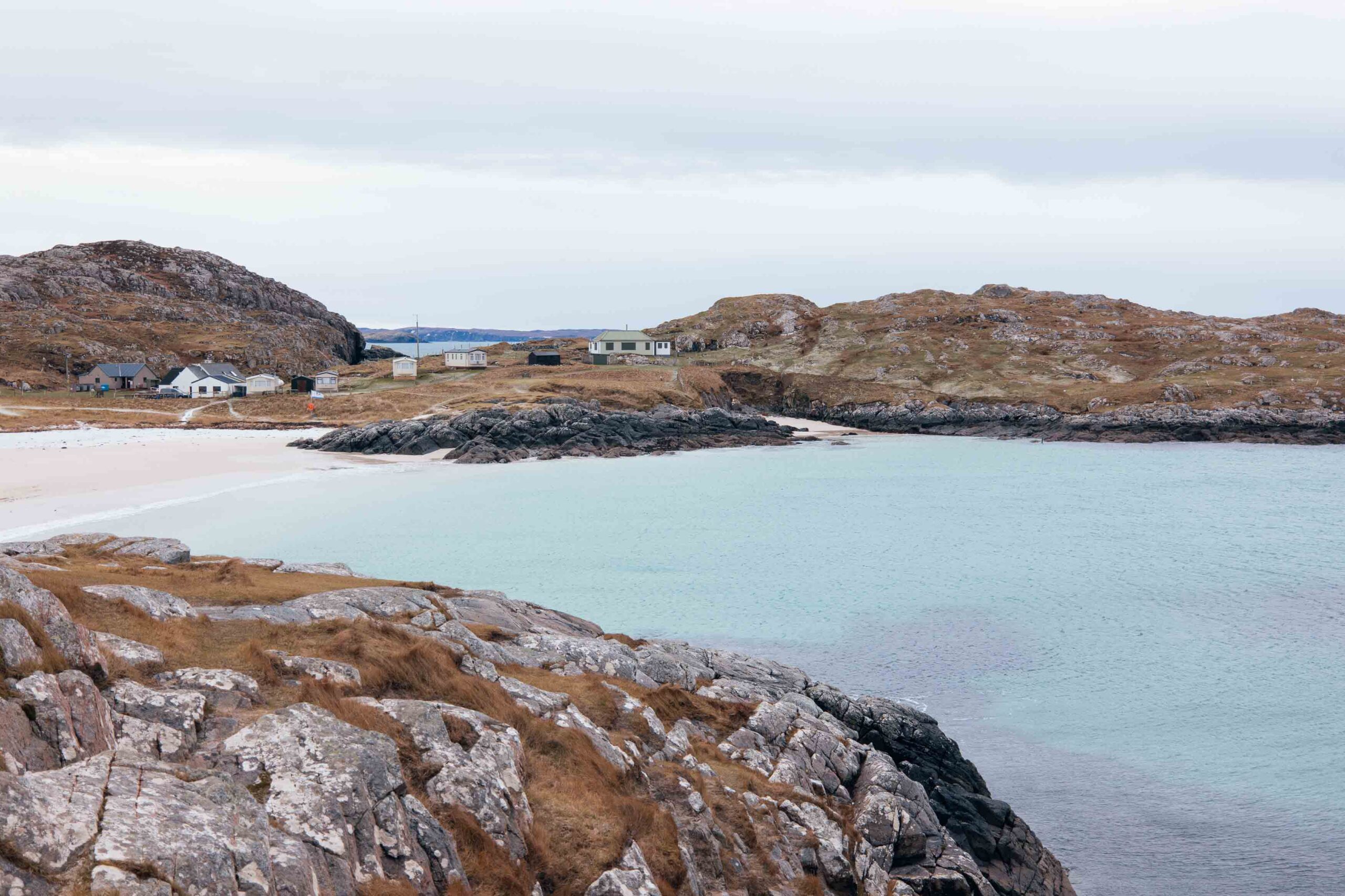
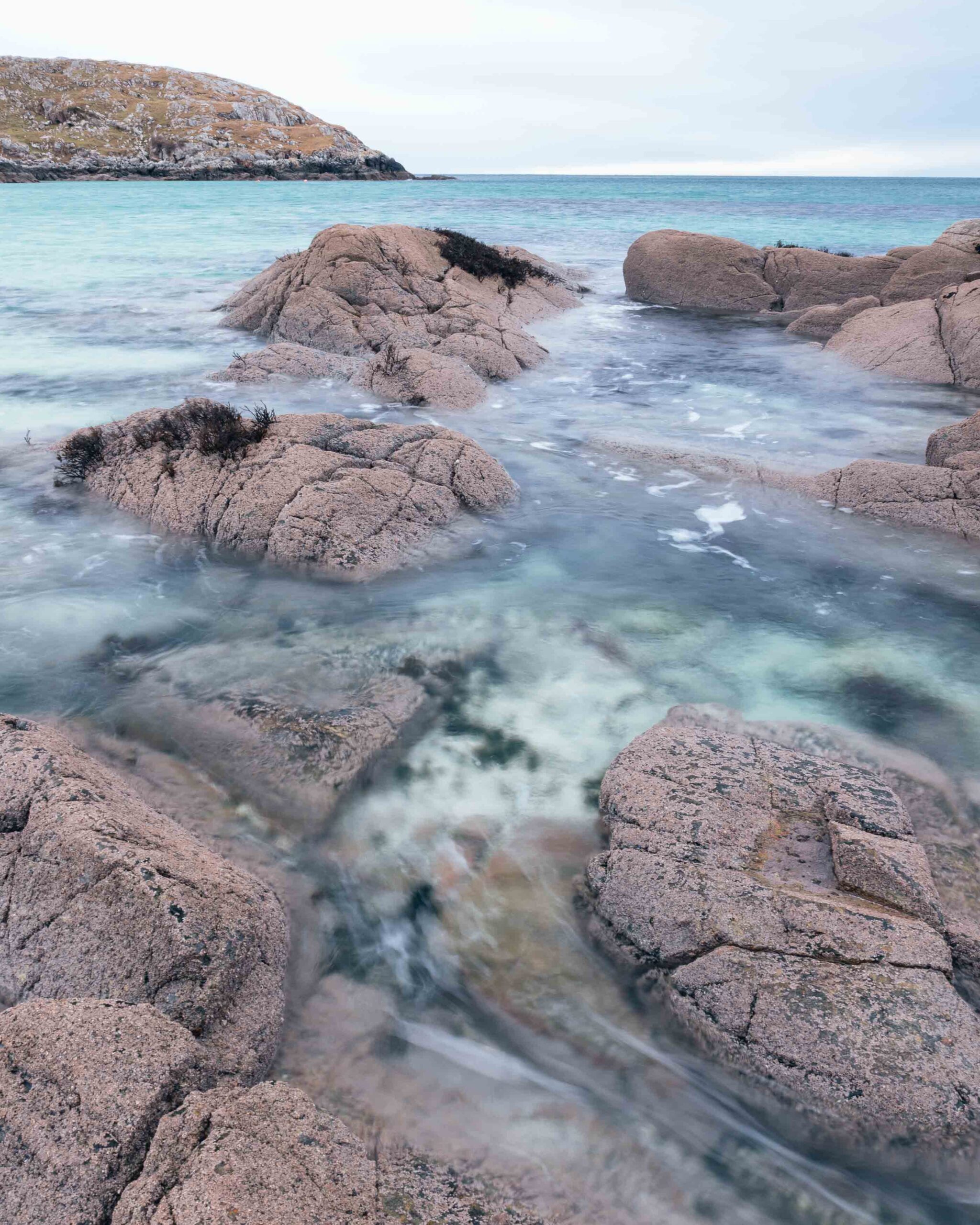
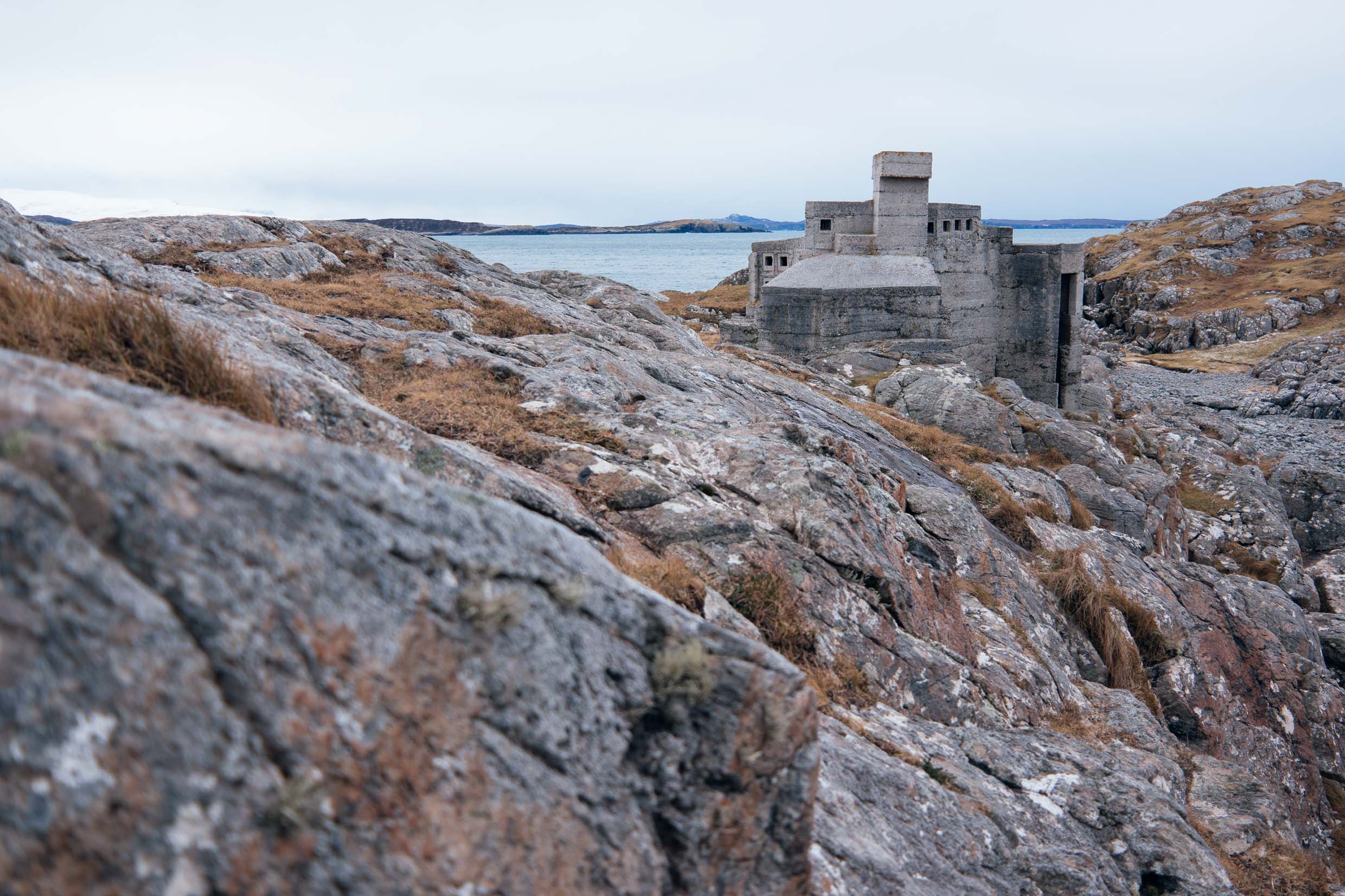
I alternate between my M10-R and CL. It is hard to differentiate between the photos they produce. I tend to use the CL when I am in a more rugged environment or when I want to take advantage of the EVF with its focusing aids and the autofocus.
Lovely article Andrew and what a beautiful location.
When I study my camera output having an over ten year old Leica X typ 113, and a ten year old Nikon Df. Both are capable, but most of my shots are taken on the X. Which says a lot. It only struggles if the light is massively variable or low.
I still have my CL although I haven’t used it for a while. But I do regularly use the three TL zoom lenses as a light weight alternative to the SL lenses for travel. I recently bought a TL2 in excellent condition and that will likely accompany me on an upcoming trip to Switzerland. CL batteries are still widely available as they are the same as the original Q batteries. But TL batteries seem to be harder to find.
Picture quality with either the TL2 or CL remains excellent and I rarely need more than 24MP for printing.
Great photos by the way. Particularly given the weather.
Thanks Tom. I’m looking for a well priced TL2 as well. I really enjoyed my T, which cost me £300. They really nailed that touch interface.
I bought one of these cameras from RedDot pretty much the day it went on sale.
I sold or part exchanged t (can’t remember which) for the Q2. I was a bit hasty, the Q2 definitely produces more pleasing images, but the price of an additional battery is swingeing, along with the cost of other peripheral niceties.
Buying back in is probably not a good option since they seem to be inflation proof, so yes, I miss that one, it is one of the gooduns.
After years of using all kinds of gear for travel and landscapes I also came to the conclusion that a small camera with a versatile zoom and one faster, standard lens ( For me, a 35mm ) is more than enough. APS-C and micro four thirds formats are certainly quite capable of lovely images. Andrew, I love your do-it-yourself weatherproofing solution using the towel. The CL is a trooper in cold, wet conditions and Leica should bring it back to the fold with a few little improvements. I do wish camera manufacturers would give us better battery life for the ridiculous price we pay for them, most especially in modern cameras that need power for just about everything. Shout-out to OM systems who have done just that with their new OM3 model.
All good points Stephen. The CL and those two zooms made for a powerful travel package. These days I use my Q3 which has a usable 28mm-75mm range, and it’s always got that f/1.7 goodness. But I do have to have a separate camera (a Sony A7III) to get longer zoom range.
I’m coming round to the view that the ‘feel’ of the camera and, how much it makes the photographer pick it up and actually take photos, is rather more important than the sensor size. Weight, menu complexity, ergonomics matter more to me now. I came to the Leica family late and so haven’t previously known about the CL – so thanks for the insight.
Definitely. The feel is really important to me too. I hate my Sony A7III even though it is technically brilliant, but love my Leica Q3 even though it has some foibles. For “feel”, the M series is the biz.
Excellent images of a very dramatic landscape. I agree with your assessment. I could not detect much difference between the CL and (in my case) the SL either and I never understood why Leica discontinued the CL.
Wonderful images of a trip to die for! Thank you.
Thanks Arthur!
I really enjoyed your article and images. I agree that APS-C is perfectly adequate for what most people shoot. In fact, I find MFT perfectly adequate for most photographers. Too many people think they need full frame to capture better images and the latest camera to improve their photography. I sell large images that are even from my 2008 Sony camera.
There is nothing wrong with upgrading to the latest camera but do not be fooled into thinking it will take images that are noticeably better. Printing images is the great equalizer. Sharing images on the web is a great equalizer
Looking forward to your next articles.
This is very true. Spend that upgrade money on a great trip with your current camera instead. Make memories, not transactions at a shop.